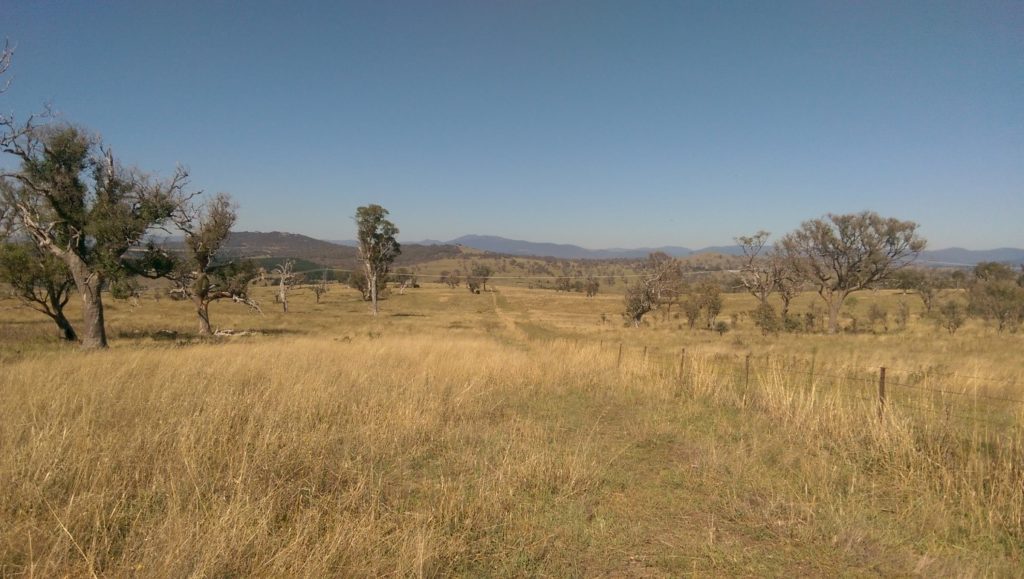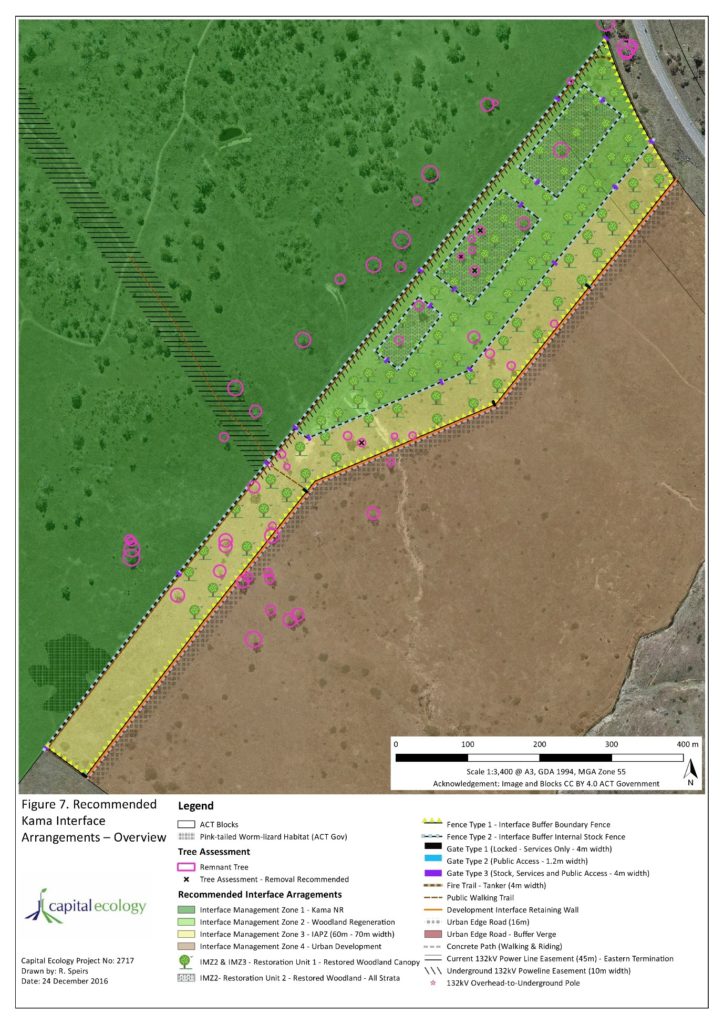
Kama Interface Management Strategy
In 2016, Capital Ecology developed a management strategy for the interface between Kama Nature Reserve and the future Molonglo 3 urban development area in the ACT. This strategy provided advice and well-defined recommendations to the ACT Government to assist in achieving its commitments under the Molonglo Valley Plan for the Protection of Matters of National Environmental Significance (ACT Government 2011).
Kama Nature Reserve is one of only two ACT reserves which contains high quality Box-Gum Woodland and Natural Temperate Grassland, both of which are critically endangered ecological communities. The reserve showcases one of the few remaining relatively intact sites with a natural transition between these two ecological communities (known as the ecotone). Additionally, Kama Nature Reserve is also important habitat for various fauna species listed under both the Environment Protection and Biodiversity Conservation Act 1999 (EPBC Act) and the Nature Conservation Act 2014 (NC Act), notably threatened woodland birds. This reserve also provides important habitat connectivity between the Molonglo River and the forest communities in the north of the reserve and the adjacent Pinnacle Nature Reserve.
As part of the development of the Molonglo Valley, the ACT Government undertook a strategic assessment to determine the impacts of the development on Matters of National Environmental Significance (MNES) listed under the EPBC Act. As a condition of EPBC Act approval, the ACT Government committed to establishing a landscaped buffer between Kama Nature Reserve and the Molonglo 3 urban development area. This buffer would allow to development to proceed while protecting the reserve against the urban edge effects of the development and provide for appropriate bushfire hazard management. Capital Ecology produced a management strategy that considered the potential effects of the Molongo 3 development on the significant conservation values of Kama Nature Reserve, and how to effectively manage the land along the interface between these two land uses. Development induced factors such as noise and light pollution, urban adapted pest species (both domestic pet and feral), and weed invasion are key threats which have the potential to significantly impact on the ecology and conservation values of the adjoining reserve. Accordingly, the Kama Interface Management Strategy outlines the interface arrangements recommended to best mitigate and/or minimise the impacts of these degrading factors. Key measures include ongoing weed management, utilising native plants in streetscape plantings, and limiting detrimental human interactions along the interface with the reserve.


 Capital Ecology
Capital Ecology